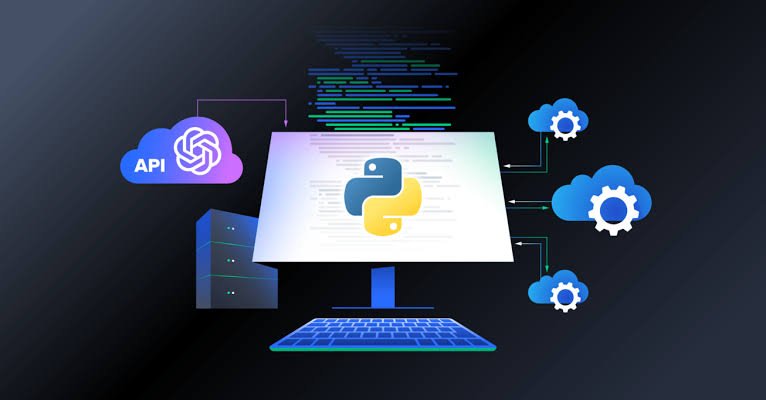
In the fast-paced world of computing and digital systems, performance metrics play a vital role. One term that has surfaced in tech discussions is “immediate 1.0 avage.” Although it might seem technical at first glance, understanding its meaning and application can provide deep insights into system efficiency. This article explores its concept, use cases, and importance in practical scenarios.
What Is Immediate 1.0 Avage?
The phrase “immediate 1.0 avage” is a computational term often associated with load averages in system performance monitoring. It reflects the instantaneous average system load over a very short period—typically one minute. Unlike long-term averages, this metric shows how busy a system is right now.
While the term might appear as a typo of “average,” in specific documentation or logs, “avage” is often used colloquially or mistakenly. Regardless, the concept refers to real-time performance tracking and is frequently applied in Unix/Linux-based systems.
Why Does It Matter?
Understanding immediate 1.0 avage is essential for system administrators, developers, and IT professionals. It allows for the quick identification of performance spikes. Consequently, it supports fast responses, especially during high-demand operations.
Additionally, this metric gives a glimpse into how many processes are demanding CPU time. If the avage reaches or exceeds 1.0, and the system has only one core, it suggests that the CPU is working at full capacity.
Real-World Applications
1. Server Management
In server monitoring dashboards, this metric often acts as an early warning system. If the immediate avage spikes suddenly, it could indicate a process consuming excessive resources. Therefore, administrators can react quickly before the entire system slows down.
2. Application Performance Monitoring
During software deployments or stress tests, developers track this load value to determine whether applications are running efficiently. A consistently high load may require code optimization or better infrastructure.
3. System Scaling Decisions
When systems experience frequent high immediate avage values, it’s a clear signal that horizontal or vertical scaling is necessary. This ensures the infrastructure can meet demand effectively.
Interpreting the Metric Accurately
To make the most out of this performance indicator, one must also consider:
- CPU Core Count: A load of 1.0 on a quad-core system is perfectly fine.
- Load Duration: A spike lasting a few seconds may not require intervention.
- Resource Bottlenecks: Sometimes the issue isn’t CPU but I/O waits, which also impact the avage.
Understanding these contextual factors prevents false alarms and supports smarter decision-making.
Best Practices for Managing Immediate 1.0 Avage
To optimize performance based on this metric, implement the following strategies:
- Use Performance Monitoring Tools: Tools like Nagios, Zabbix, or htop offer real-time avage insights.
- Automate Alerts: Set thresholds for alerting when avage reaches predefined levels.
- Optimize Resource Usage: Remove unnecessary background processes or services.
- Schedule Resource-Intensive Tasks Smartly: Run backups or updates during off-peak times.
These steps enhance system resilience while ensuring that no critical issues go unnoticed.
Final Thoughts
The immediate 1.0 avage is more than a number—it’s a vital metric that gives instant feedback on system performance. By keeping it in check and interpreting it wisely, teams can prevent downtime, maintain speed, and ensure optimal user experiences.
Understanding this value is no longer optional. In today’s always-on digital world, real-time data leads to real-time action—and that’s a competitive advantage you don’t want to miss.







